Author: Po Yin Choy
Editor/ Translator: Centre for Translation Studies, Department of Chinese and Bilingual Studies, The Hong Kong Polytechnic University
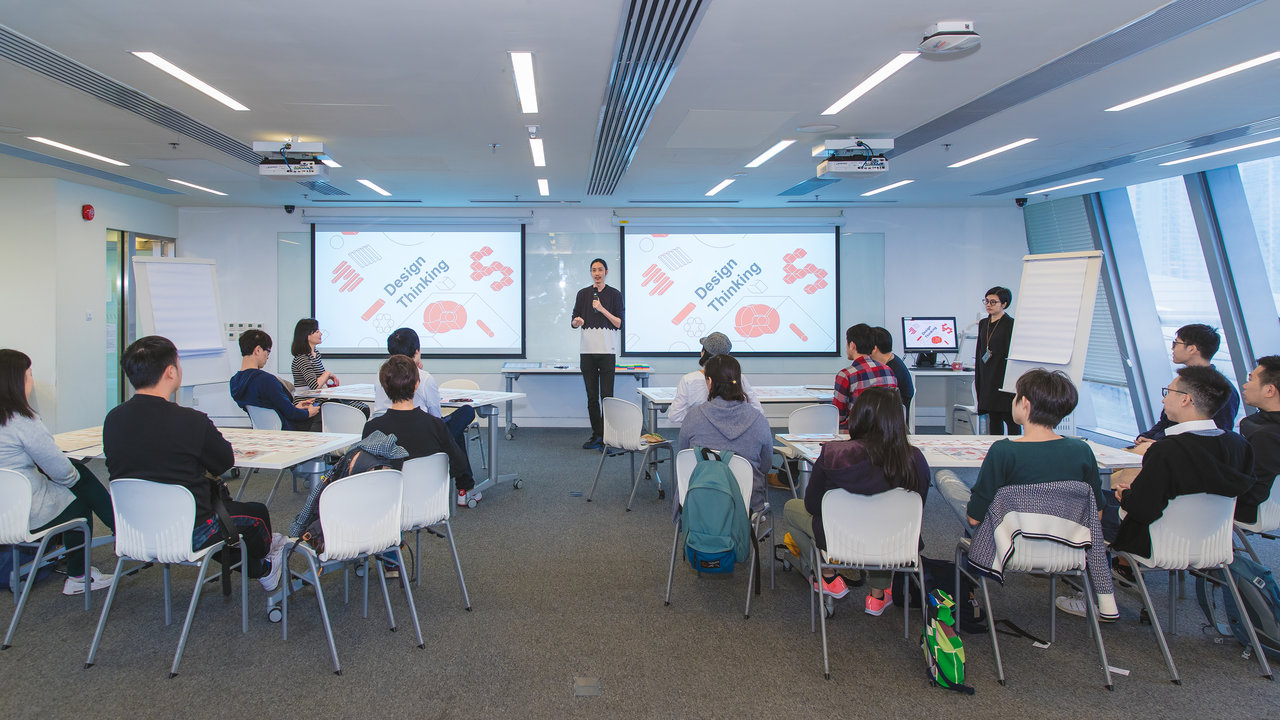
The world is changing every minute. With new technology and knowledge swarming in every day, young people are facing an unpredictable future. To better equip youngsters, education must teach them the skills of adaptability and innovation.
Since July 2018, the JCDISI has launched the project called SOINNO Design Education to introduce the idea of Social Innovation and Design Thinking into the secondary education curriculum. In March this year, three workshops were held to let secondary school teachers gain experiences of infusing Design Thinking in their teaching.
SOINNO Design Education – To educate is to equip students for the future
Albert Tsang, the project associate of Jockey Club Design Institute for Social Innovation (JCDISI), pointed out that the skill of adaptability is a must-have in the 21st century.
"We realise that education mainly focuses on two areas: logic, science, and mathematics being one, humanities being the other. If students can connect the two areas, they will have the ability to deal with the ever-changing, unpredictable future." To achieve this goal, SOINNO proposes the idea that Design Thinking should be an intrinsic part of the curriculum because it encourages self-learning and innovative thinking and actions.
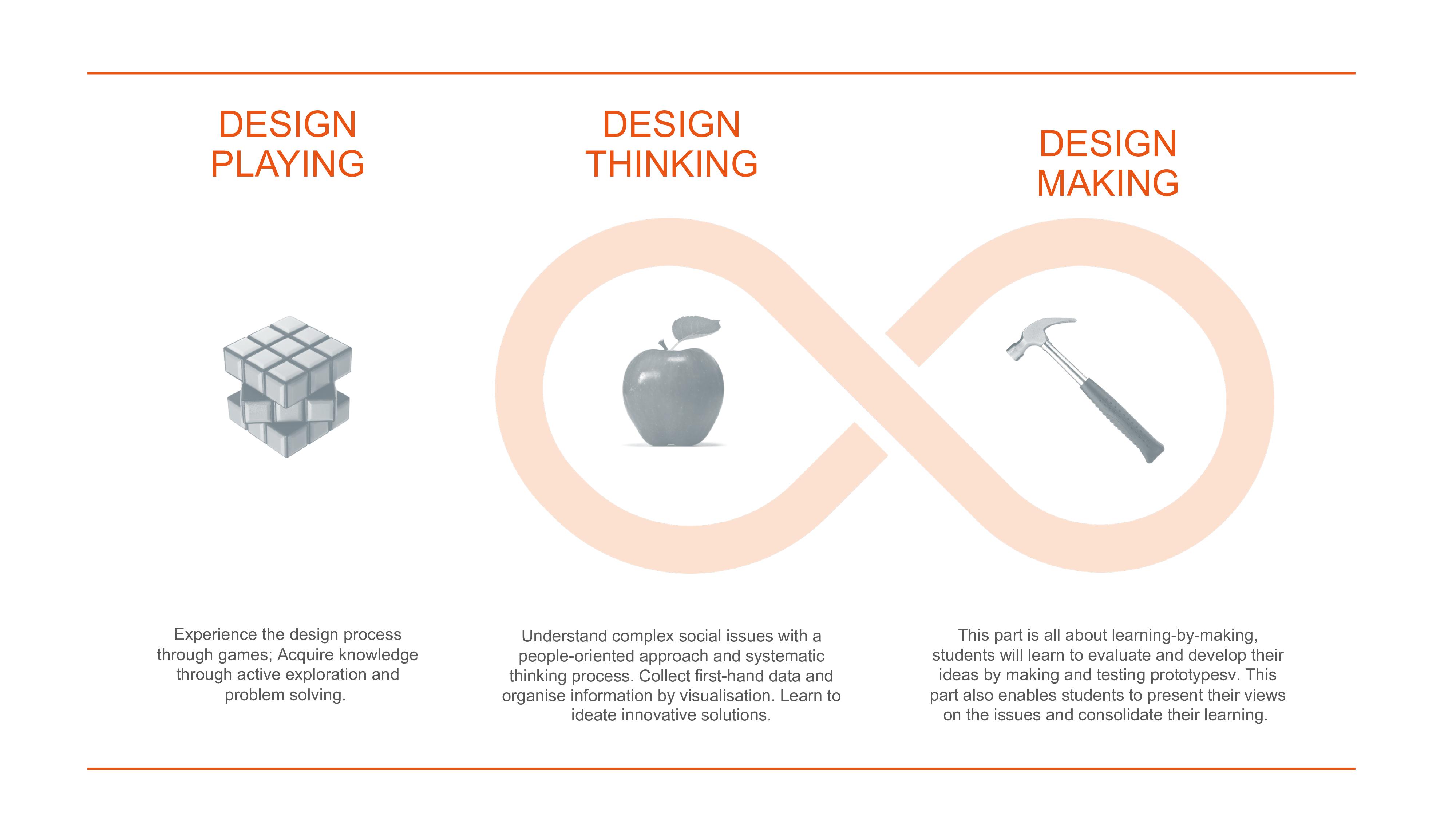
SOINNO Design Education Methods
Design Thinking in Education – A Taste for Innovative Approach
People often thought only those blessed by Muse, the goddess of inspiration, would be struck with innovative ideas. However, that is merely a misconception. Creativity is an acquired skill. SOINNO proposes that if the concept of Design Thinking can be an intrinsic part of education, students will be able to discover the hidden people-oriented problems by brainstorming, analysing from different angles, and thinking step by step. In the end, they will be able to find innovative solutions to social issues.
In March this year, SOINNO expanded this teaching method and launched workshops for teachers and educators, letting them feel the SOINNO way. By trying out the original interactive teaching materials, the educators are encouraged to bring Social Innovation and Design Thinking into their classrooms.
Design - a problem-seeking and solutions-forming process
The design process involves discovering, ideation, prototyping, and finally making and delivering the product or service. The ideation part is the hardest to take. Creative ideas seem hard to grasp. But is it true?
During the workshop, Albert took product design as an example to illustrate that creative ideas come from many places. We need to rethink about the well-defined problem. "Let's say we need to design drinkware. We don't need to limit ourselves by thinking that we need to design a glass. We can return to the fundamentals – to design a way to drink water." He explained.
Design problems have no clear boundary nor a single solution. If we go into design thinking “we need a glass.”, then we are limiting our creativity. The final result might not be able to cater to the needs of the end-users. If that is the case, the problem is not solved effectively.
Observe and rethink your daily life. Have you found any design products or solutions that can be amended or improved?
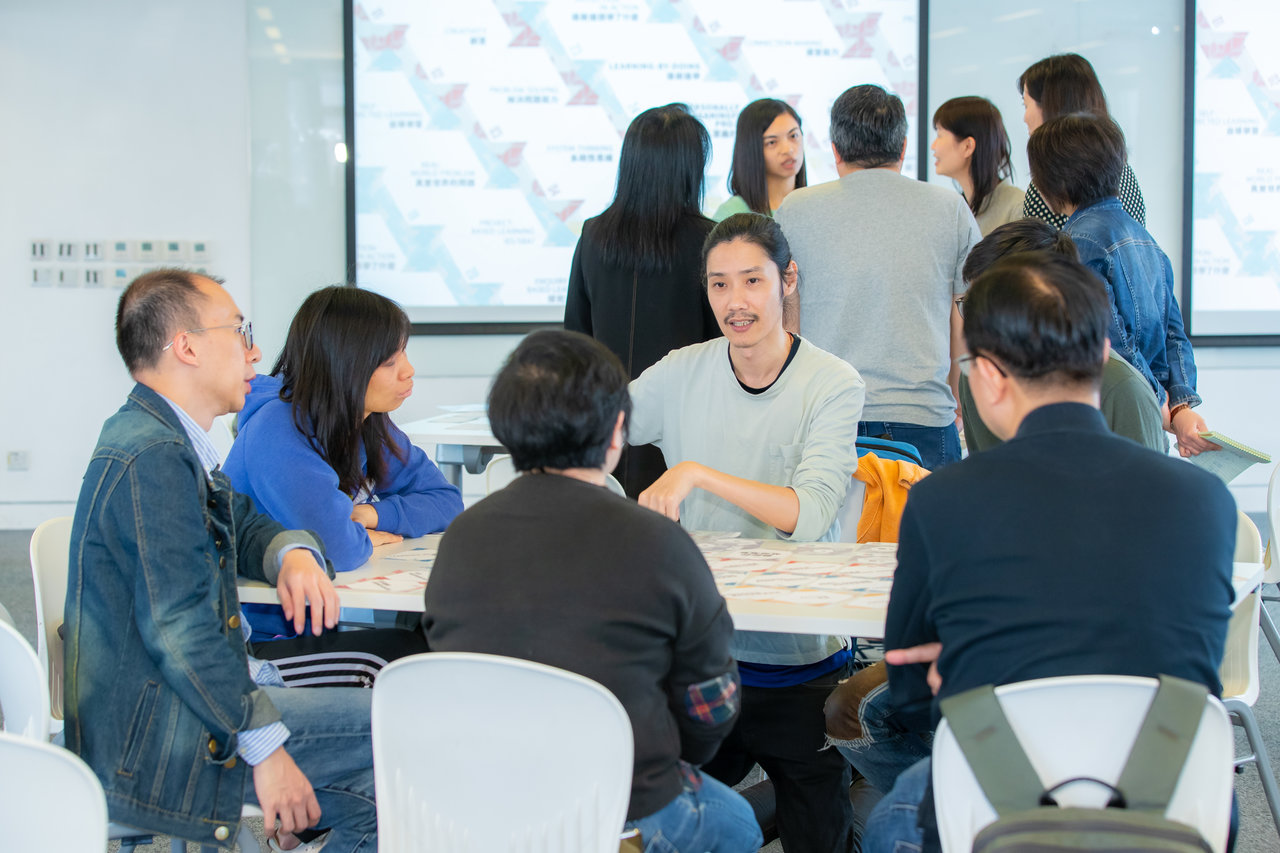
Keyword Cards – Rethinking Education, Understanding Students' needs
To understand what inspired design, we must first step into reality. To understand the gaps in secondary-level education in Hong Kong, JCDISI arrives at schools to listen to students' thoughts, feelings, and expectation for education. In addition, JCDISI has studied theories on education from around the world and the related trend of development. The end product is a set of Keyword Cards on education.
During the workshop, teachers chose the cards that resonated with them the most and shared their opinions in the groups to start the conversation. Also, they will listen to the comment from the student who chose the same card. The Keyword became the starting point for understanding between teachers and students. Teachers rethought the needs and expectation of students between conflicting opinions.
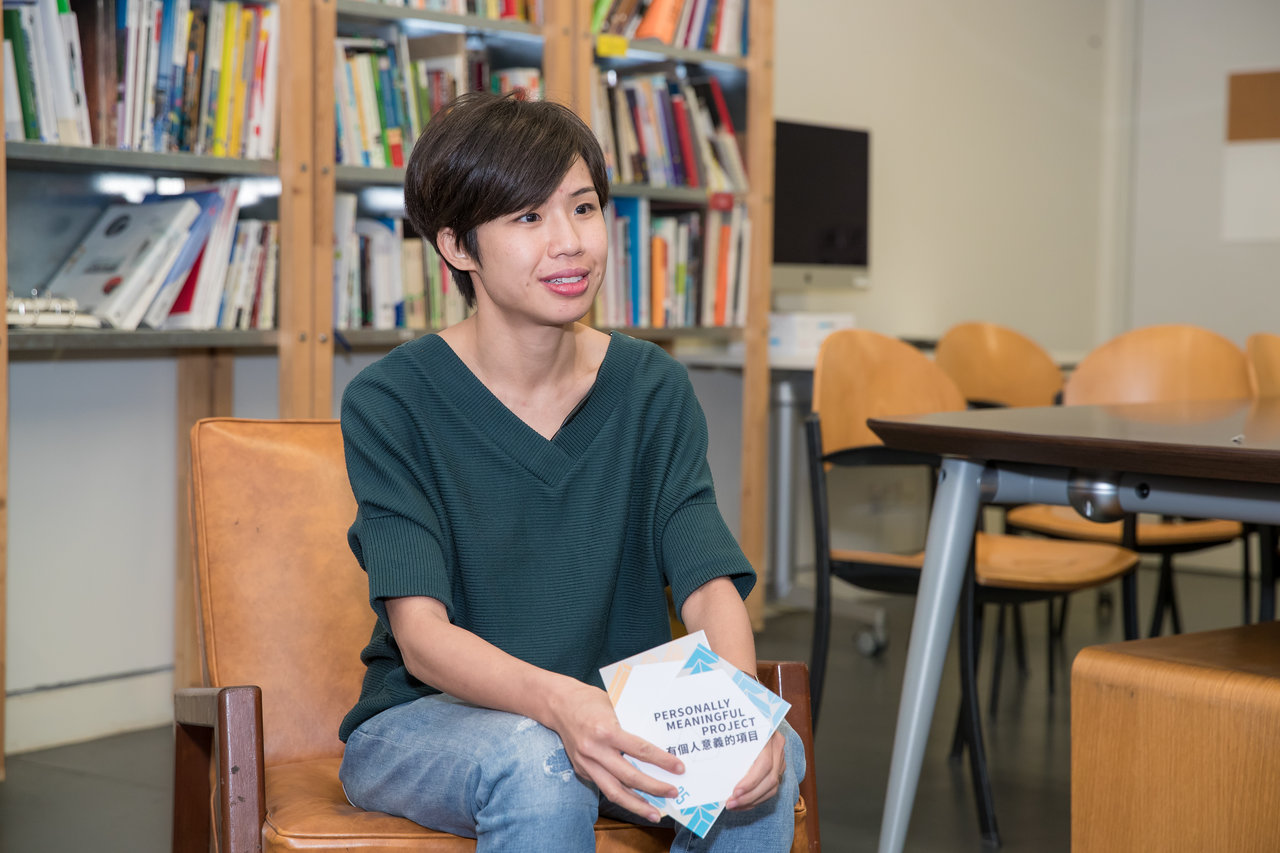
Ms Joyce Lee, a participant of the workshop and Liberal Studies teacher from Heep Yunn School, said, "I chose the card with "Personally Meaningful Project" written on it. I think teaching should be about creating as much opportunity as possible to let students find what they truly love to do, so they will have the desire to reach their goals.”
After the Keyword Cards sharing session, Albert reminisced an unforgettable school visit, "We went to a so-called "lower-ranking school". A student chose "trust" and commented that if teachers didn't trust students, students would not be able to learn anything. His comment was a wake-up call. At first, when we were designing this card, we were only thinking of how teachers should earn students' trust. But his answer exceeded my expectation – it should be the teachers who extend the branch of trust first. I was impressed!"
Students' grades have often measured the effectiveness of education. The more important aspects of education, to teach and to learn, are often ignored. However, knowledge disseminates everywhere in society nowadays. Teachers are not always the most knowledgeable nor experienced in the classroom. Therefore, the teacher-student relationship should not resemble a top-down model anymore. Instead, it should be more egalitarian, allowing both parties to learn from each other. Teachers adopting the latter model should learn how to drive and guide the conversations.
To make a sandwich – The Components of Education
After the warm-up exercise, the teachers dived more in-depth into their reflection of education. However, it is not easy to talk about this abstract concept. Therefore, the SOINNO team used sandwiches as a metaphor to help the participants imagine what consists of education. If education is a sandwich, what do each ingredient represents? How should this sandwich be made? The teachers were divided into groups and discussed the properties of each component. In this exercise, they re-imagined education while organising their thoughts and understanding of education.
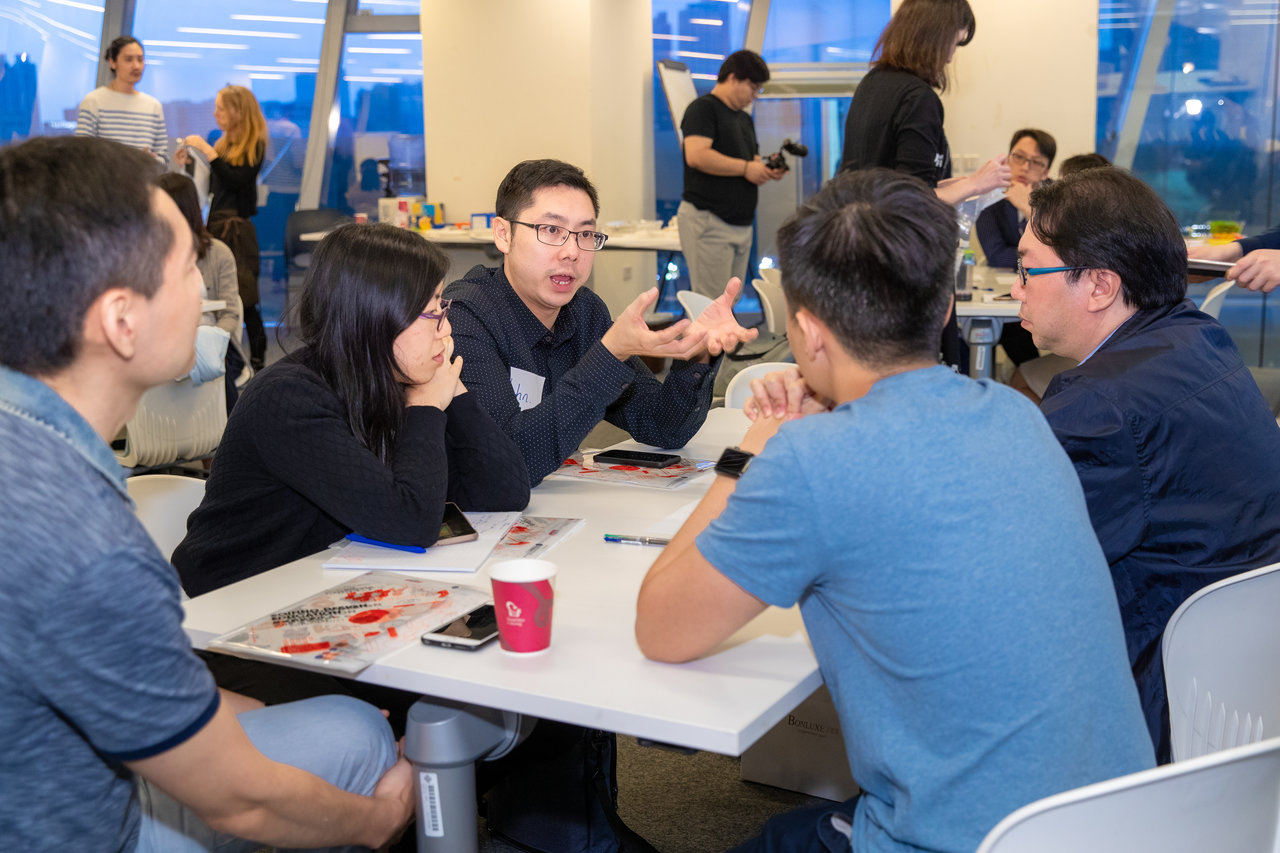
In the beginning, teachers mostly spoke their ideas out loud without taking any notes. By doing so, they tried to seek consensus in their discussions. Some participants suggested that the bread, as the most basic and essential component, was like the hardware of a school; Some indicated that the bread was knowledge – it did not have a set boundary, and it was crucial to education.
Some groups considered the vegetables to be a refreshing, entertaining teaching method; some saw them as a healthy element, reminding students that a positive learning attitude was necessary. Many groups pointed out that the cheese and meat were the star in the sandwich, resembling the curriculum under the current education system or students’ attitude. For students’ attitude affects their learning outcome.
The sauce was seen as the highlight of the sandwich, meaning education. It could be seen as the newly invented technology or equipment and materials used by students for the first time. The freshness stimulates students’ engagement to learning.
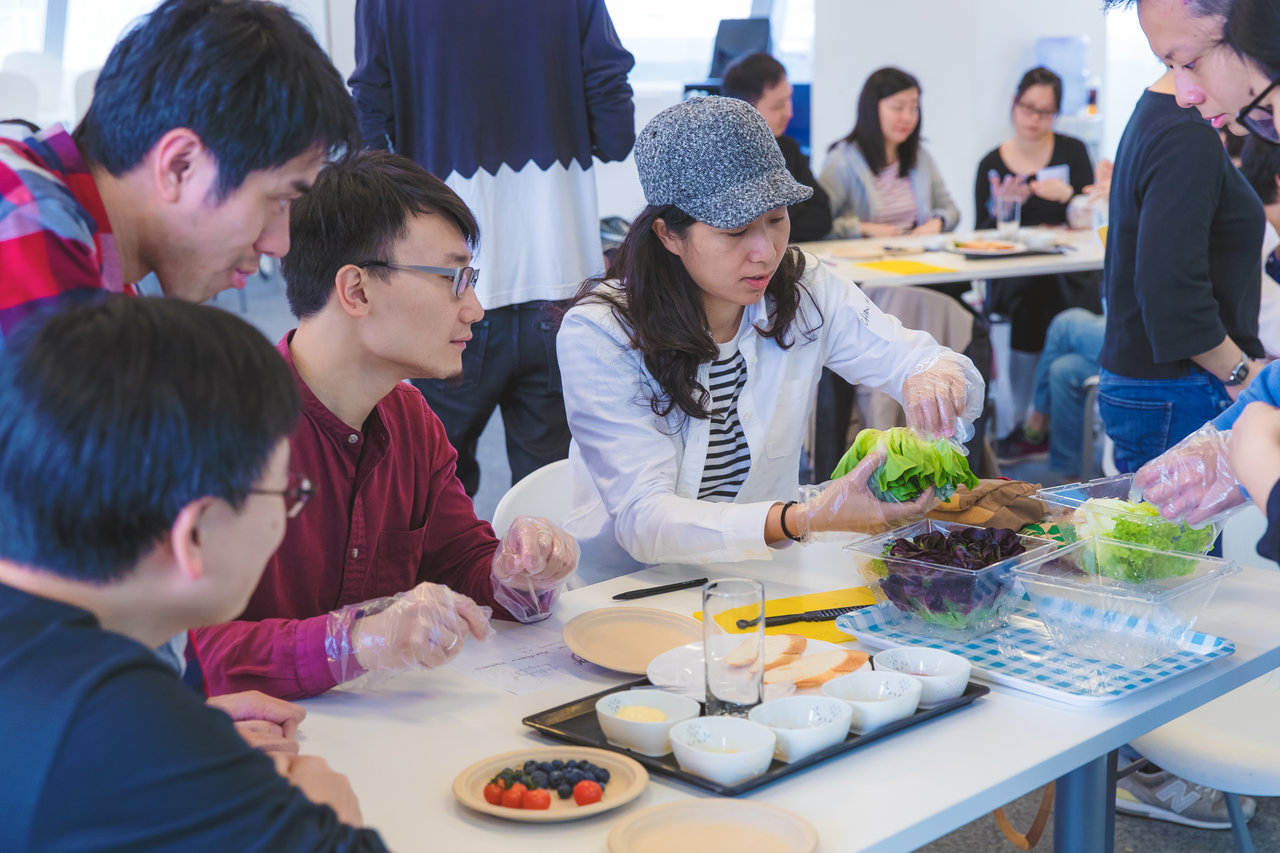
After the discussion of the symbolism of each component, each group received ingredients to make their edible "Sandwich of Education". This part represented the prototype making in the design process. By reflecting the concept of simple sandwich and transforming it into a metaphor for education, participants were able to re-examine education from a new angle, and more discussions were inspired.
The entire assembling process is when the designer realises their ideas, just like when designing a product or conducting a social experiment. During this process, the designer needs to constantly self-correct to ensure the final product can be used in real life and cater to users’ needs.
Some groups did not fully implement their plan but improved it as they were making the sandwich, which was a testament to the importance of application and making of prototypes. "This is not a one-way process. You might need to go back and forth many times between forming ideas and making prototypes. You need to test and correct many times until you reach a viable solution."
SOINNO Design Education will arrive at schools for a programme on innovative education
In September this year, SOINNO is expected to reach 24 secondary schools to try to implement an interdisciplinary programme on innovative education. The team will invite teachers to join the planning process. We would also like to create a set of teaching materials for secondary school teachers. Last but not least, SOINNO will submit a report to the government to propose including Social Innovation and Design Thinking into the secondary school curriculum and provide a suggestion of implementation.
As a member of society, how would you participate in the movement to change our education in spite of future challenges?